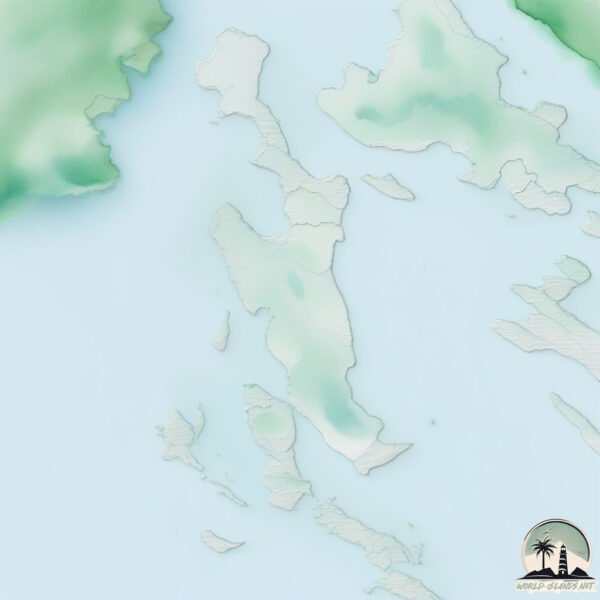Welcome to Cress , a Temperate island in the Adriatic Sea, part of the majestic Atlantic Ocean. This guide offers a comprehensive overview of what makes Cress unique – from its geography and climate to its population, infrastructure, and beyond. Dive into the details:
Geography and size of Cress
Size: 485.2 km²Coastline: 353.7 kmOcean: Atlantic OceanSea: Adriatic SeaContinent: Europe
Cress is a Large Island spanning 485 km² with a coastline of 354 km.
Archipel: –
Tectonic Plate: Eurasia – One of the world’s largest tectonic plates, the Eurasian Plate covers a significant portion of Europe and Asia. It’s characterized by diverse geological features, including the Ural Mountains, the European Plain, and the Himalayas formed from its collision with the Indian Plate.
The geographic heart of the island is pinpointed at these coordinates:
Climate and weather of Cress
Climate Zone: TemperateClimate Details: Humid Subtropical ClimateTemperature: Hot Summer
Climate Characteristics: With continuous rainfall and hot summers, this climate is common in some coastal regions, supporting diverse vegetation.
Topography and nature of Cress
Timezone: UTC+01:00Timezone places: Europe/ParisMax. Elevation: 561 m Mean Elevation: 152 mVegetation: Evergreen Needleleaf ForestTree Coverage: 49%
The mean elevation is 152 m. The highest elevation on the island reaches approximately 561 meters above sea level. The island is characterized by Plateau: Elevated flatlands rising sharply above the surrounding area, with a maximum elevation over 500 meters but a mean elevation less than 300 meters, forming unique highland areas on islands.
Dominating Vegetation: Evergreen Needleleaf Forest
Vegetation: 11 vegetation zones – Exceptionally Diverse Island
Infrastructure and Travelling to Cress
Does the island have a public airport? no .
Does the island have a major port? no .
The mean population of Cress is 19 per km². Cress is Gently Populated. The island belongs to Croatia .
Continuing your journey, Otok Unije is the next notable island, situated merely km away.
Cres Island, Croatia
Cres Island is a beautiful Croatian island located in the Adriatic Sea. It is known for its stunning natural landscapes, including ...
Cres Island, Croatia
Cres Island is a beautiful Croatian island located in the Adriatic ...
Cres Island is a beautiful Croatian island located in the Adriatic Sea. It is known for its stunning natural landscapes, including ...
CRES, Croatia - Beaches & Things To Do
Cres is a beautiful Croatian Island in the Adriatic that somehow ...
Cres is a beautiful Croatian Island in the Adriatic that somehow managed to stay a hidden gem. Undisturbed by mass tourism, ...
Top 8 Beaches On Island Cres 2025
Top 8 Best Beaches of Island of Cres, Croatia Cres is an Adriatic ...
Top 8 Best Beaches of Island of Cres, Croatia Cres is an Adriatic island in Croatia, one of the northern islands in the Kvarner Gulf ...
Croatia is classified as Developed region: nonG7: Developed economies outside of the Group of Seven, characterized by high income and advanced economic structures. The level of income is High income: nonOECD.
News – Latest Updates and Headlines from Cress
Stay informed with the most recent news and important headlines from Cress. Here’s a roundup of the latest developments.
Please note: The data used here has been primarily extracted from satellite readings. Deviations from exact values may occur, particularly regarding the height of elevations and population density. Land area and coastline measurements refer to average values at mean high tide.

